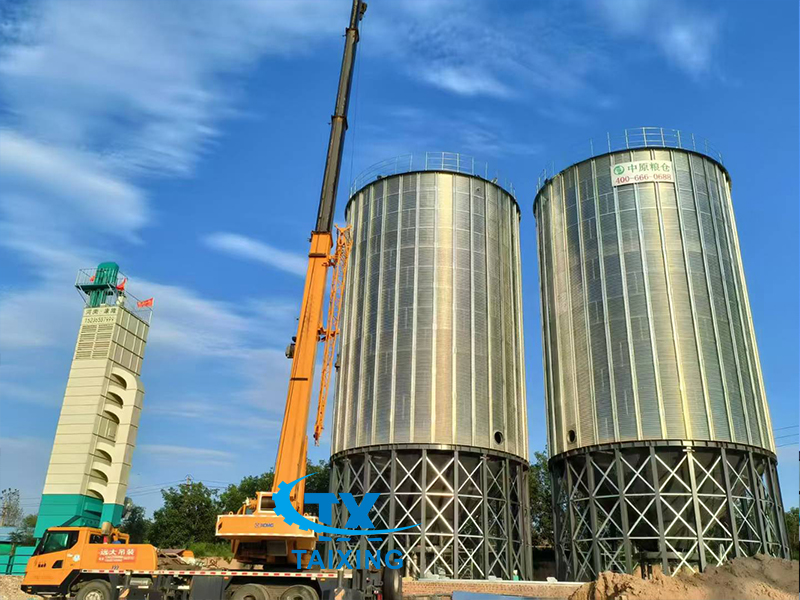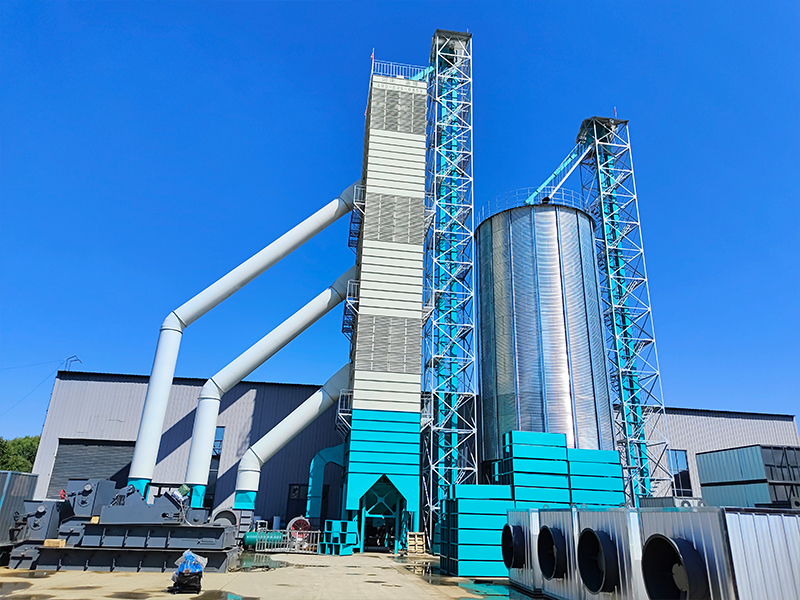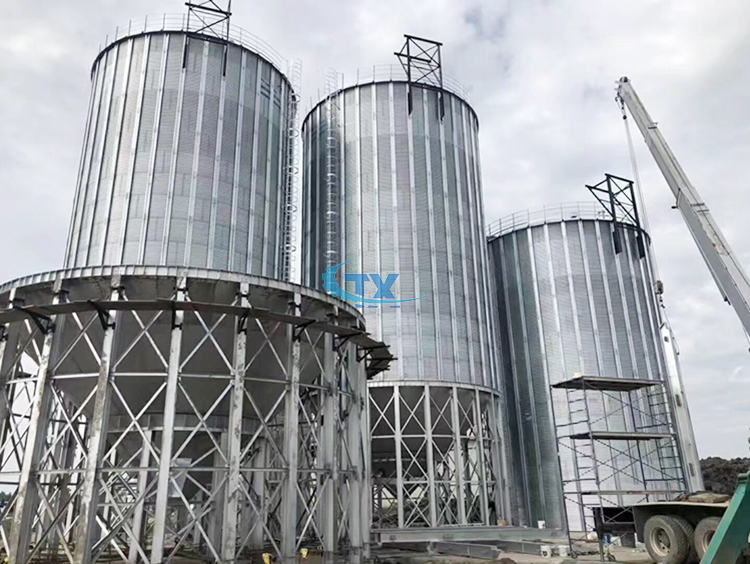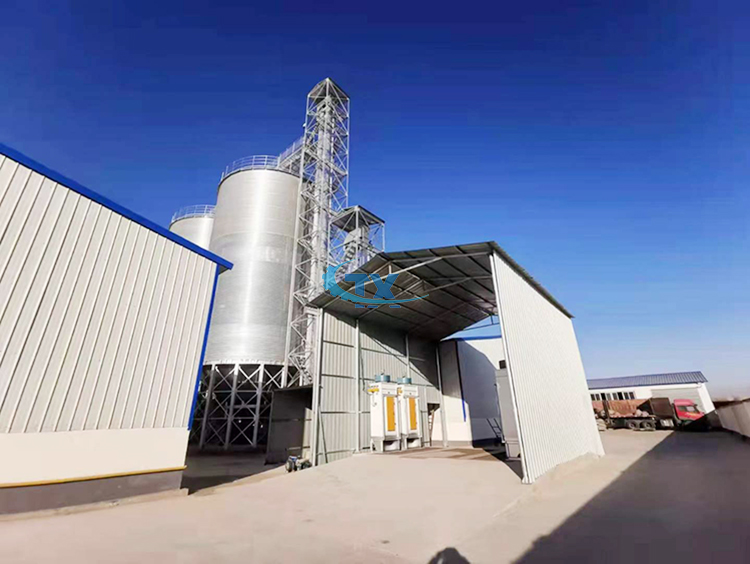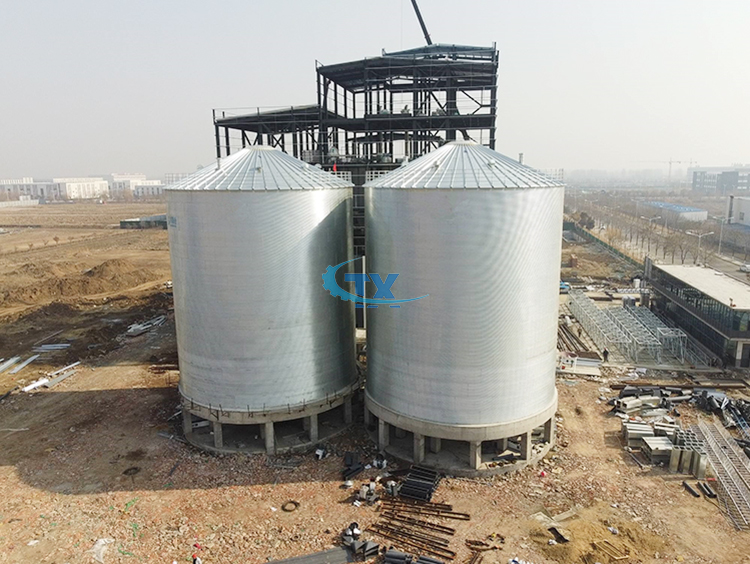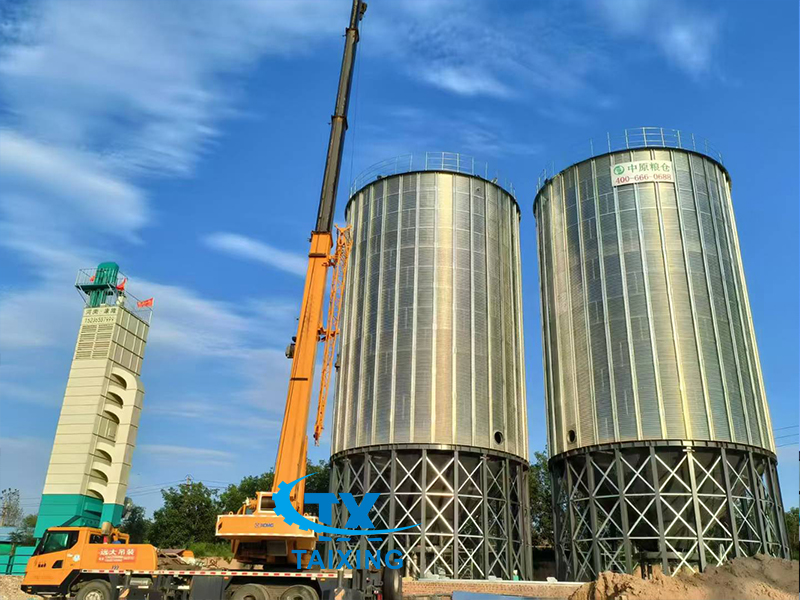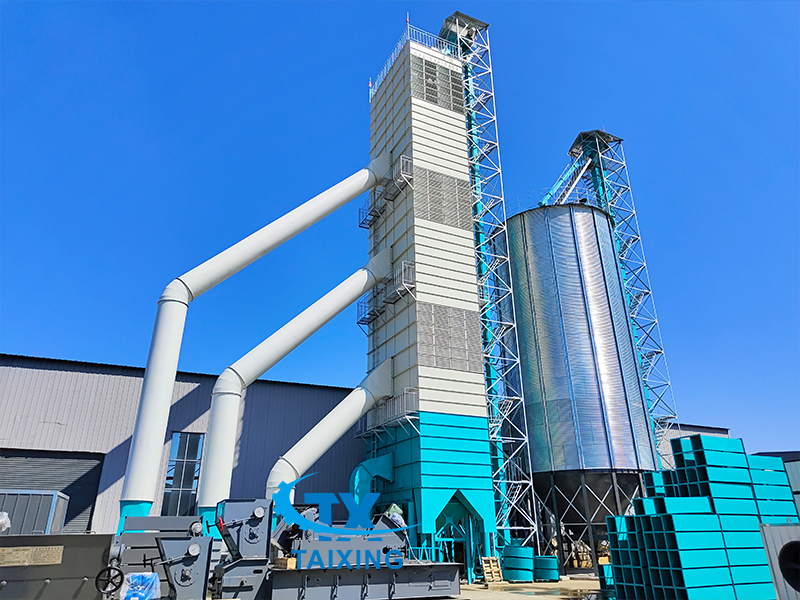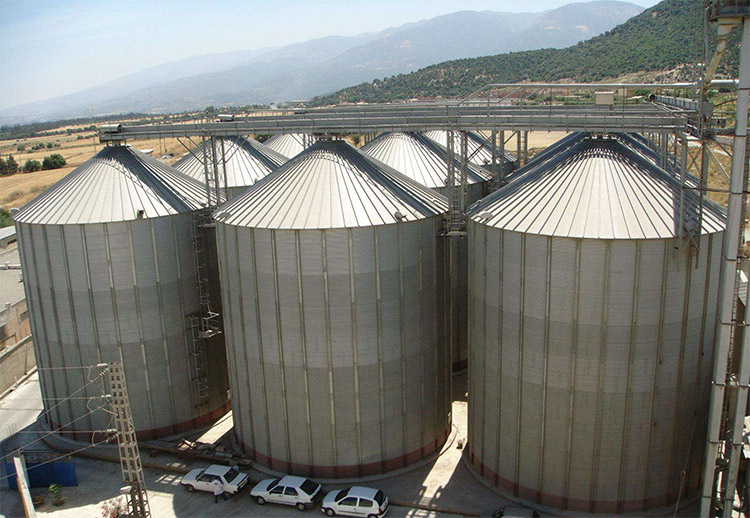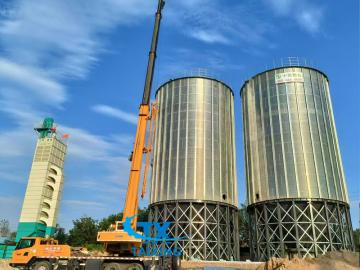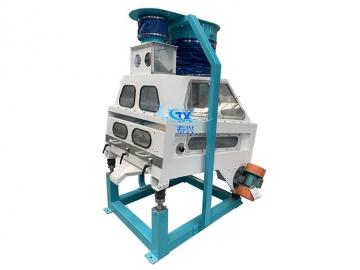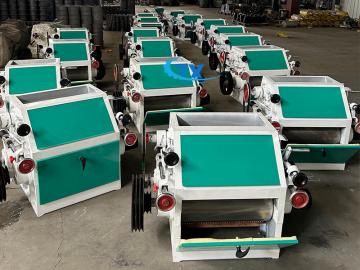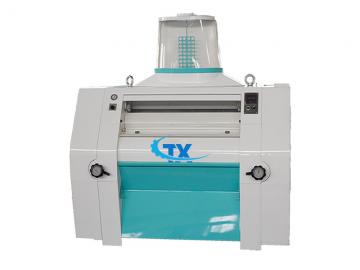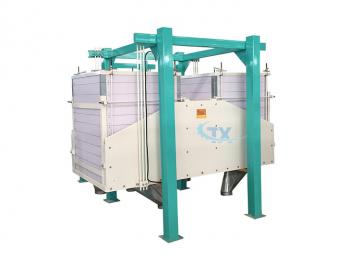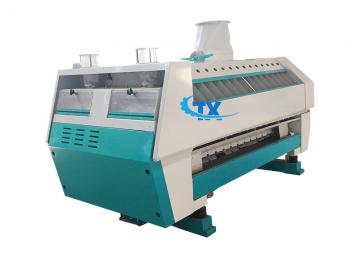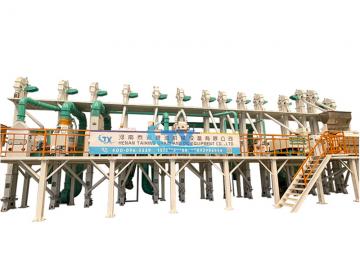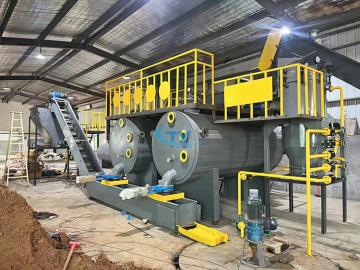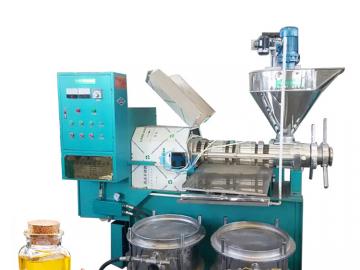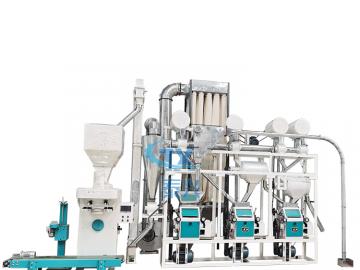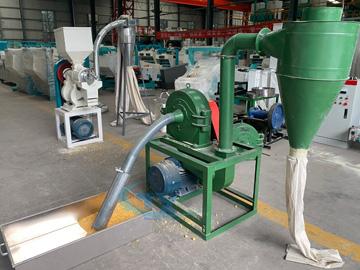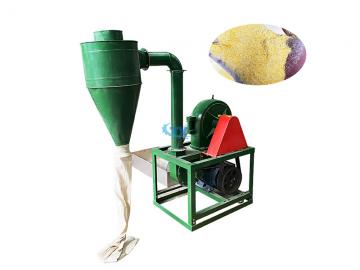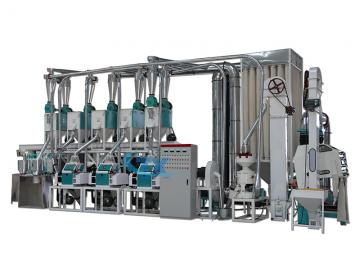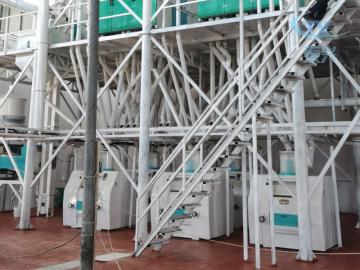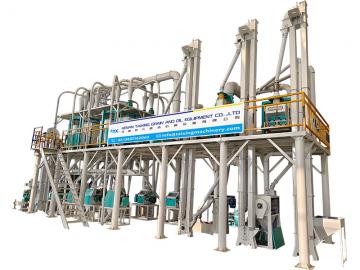The Primary Purposes of Grain Silos in a Flour Mill
Receiving and Buffer Storage: To quickly accept large deliveries of wheat from trucks, railcars, or ships, preventing bottlenecks at the receiving station.
- Inventory Management: To hold substantial reserves of wheat, allowing the mill to run continuously for extended periods (e.g., weeks or months) without interruption in supply.
- Blending and Quality Control: Different silos can hold wheat with different characteristics (e.g., protein content, moisture, ash content). The mill can then blend wheat from multiple silos to create a consistent grist (mix) that produces flour with uniform specifications.
- Conditioning (Tempering): Wheat often needs to have its moisture content adjusted before milling. This tempering process can occur in dedicated silos or conditioning bins, where water is added and the wheat is allowed to rest for a specific period (typically 12-24 hours).
- Grain Cleaning and Pre-Processing: Silos are often integrated with the plant's cleaning house. Wheat is drawn from storage, passed through cleaners, destoners, and magnets, and then can be sent to tempering bins or directly to the mill.
- Gravity Flow and Automation: Silos provide a reliable, gravity-fed flow of grain into the processing line, which is essential for automating the entire milling process.
Types of Silos
There are two main types of silos used in flour mills:
A. Steel Silos (Most Common)
These are the industry standard for new and modernized plants.
B. Concrete Silos
Often found in older mills or in specific regional contexts.
